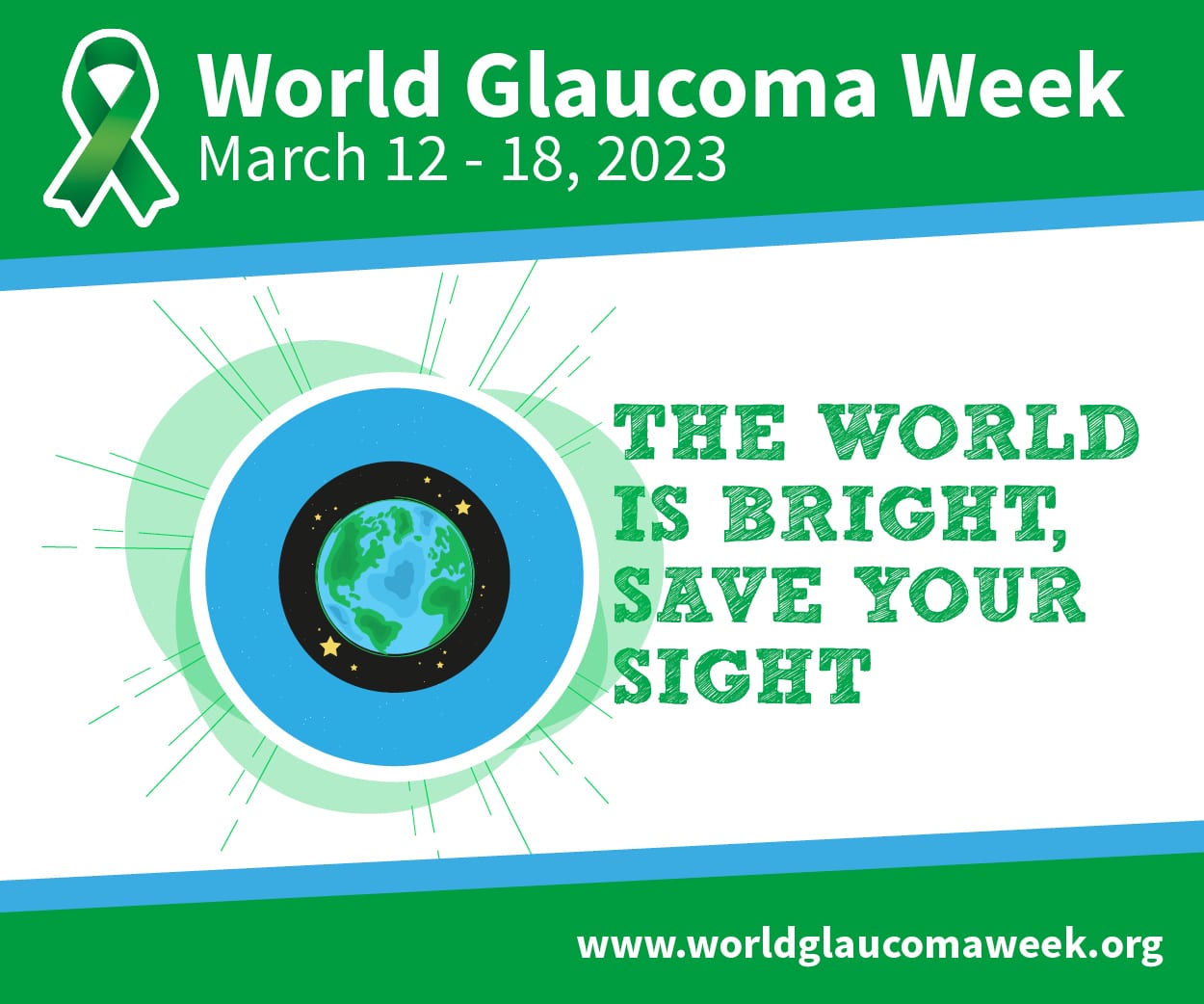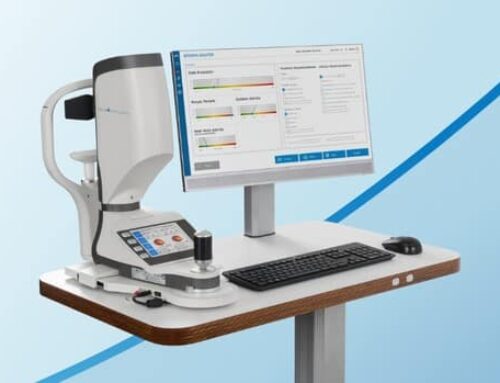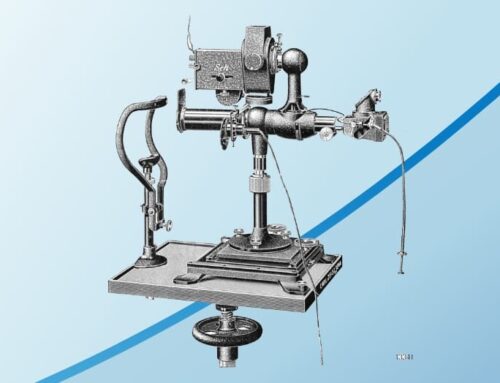Hippocrates describe “glaykoseis” as blindness. Richard Banister, an English ophthalmologist, was the first to have established a connection between increased tension of the eyeball and glaucoma in 1622.
The diagnosis of glaucomatous changes in fundus was made possible in 1850 by Hermann Von Helmholtz who invented the ophthalmoscope. Six years later in 1856, Albrecht Von Graefe invented the first surgical glaucoma treatment an Iridectomy used for acute glaucoma treatment. This was followed by a Sclerotomy a procedure for chronic glaucoma in 1857 invented by Louis De Wecker. In 1900, internal filtration known as Cyclodialysis was developed and finally in 1932 Ciliodestruction was suggested.
These four approaches are still the basic techniques of glaucoma surgeries over 100 years later. The major surgeries used nowadays were introduced in 1960 their foundations can be traced to the work of surgeons in the 19th century. The most effective glaucoma surgery used since the mid-1960s is the Trabeculectomy used to prevent worsening of vision loss due to glaucoma by lowering eye pressure. This surgery is a standard procedure that lowers pressure inside the eye when medical treatments or laser surgery failed to bring the eye pressure low enough.
Effective glaucoma medication is one of the successes and accidental discoveries due to decades of targeted research. The history of glaucoma medications starts with Physostigmine originates from the Calabar Bean found in the African tropics. It is a tertiary amine and reversible cholinergic medication most commonly used to manage and treat antimuscarinic toxicity and glaucoma. A year later Pilocarpine was introduced however it wasn’t until 1946 that the first indirect acting cholinergic agonist, Diisopropyl fluorophosphate, was uncovered. Gel and extended-release formulations of Pilocarpine were introduced to decrease the need for frequent dosing. In addition to reducing side effects, these two remained the only fortunate “long-term” medical options for glaucoma until acetazolamide arrived in 1954. In the meantime, search for superior glaucoma medication travelled from crystalline alkaloids to rat poison administered hypodermically in large doses to relieve the “mental and physical depression” of glaucoma. In 1995 Dorzolamide was released on the market, which is still widely used. New technology brings a new class of glaucoma drugs, with the approval of Netarsudil in 2017, making it the major innovation in glaucoma therapy since the 1996 approval of prostaglandins.
In 2019 Aerie Pharmaceuticals announced FDA approval of Netarsudil-latanoprost ophthalmic solution for the reduction of IOP in patients with open-angle glaucoma or ocular hypertension.
References:
https://pubmed.ncbi.nlm.nih.gov/21131879/
https://www.ophthalmologytimes.com/view/tracing-history-glaucoma-drugs
https://www.brightfocus.org/glaucoma/article/glaucoma-surgery-series-trabeculectomy







